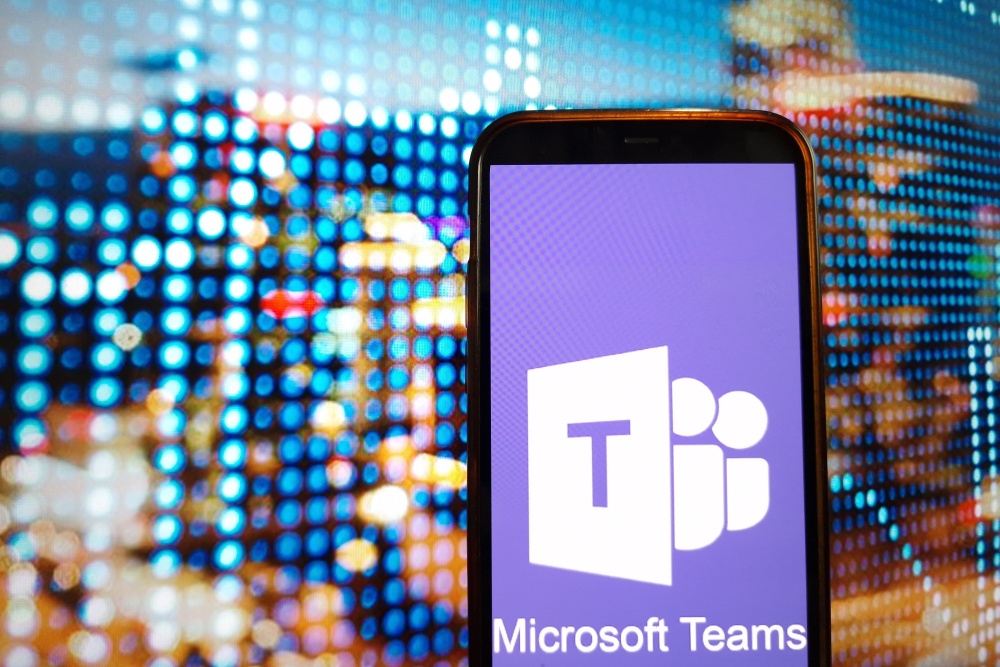If you are a subscriber to one of Microsoft’s nonprofit cloud subscriptions, let me remind you that nonprofit price increases are coming—and soon. As in, September 1st.
Microsoft has been transparent about these coming nonprofit price increases. And we have tried to keep you up to speed on the price increases as well. Still, I think Microsoft has been a bit ho-hum-nothing-to-see-here about the timing of these nonprofit price increases.
What are the Nonprofit Price Increases?
Here is a list of the Microsoft 365/Office 365 subscriptions that are increasing in price.
- Microsoft Office 365 E1 will go from $2 to $2.50
- Microsoft Office 365 E3 will go from $4.50 to $5.75
- Microsoft Office 365 E5 will go from $14 to $15.20
- Microsoft 365 E3 will go from $8 to $9.00
- Microsoft 365 Business Premium will go from $5 to $5.50
Note that the Microsoft 365 E5 and Microsoft 365 Business Standard subscription prices are not changing. (Nor are the Microsoft 365 Frontline subscriptions if you care about that.)
Microsoft touted the innovations it has rolled into Office 365/Microsoft 365 when it originally announced the price increases. I am not going to parrot that here. There were some items (audio conferencing) that have been added to some bundles. See my earlier post for more details.
Remember September 1!
These nonprofit price increases will take place on September 1st. Let your accounting people know! If you need help sorting out your Microsoft nonprofit subscriptions, let me know.
In Other News… More on ComplyUp
OK, that is enough about nonprofit price increases.
I wrote recently about a compliance assessment tool we have been using, ComplyUp. The work has been timely (always a happy outcome). One of the firms we are working with received an alert from their general counsel, that the firm’s government customer would be stepping up enforcement of security compliance as part of their contracting process. Thankfully, we are already on the job!
We have found our rhythm working with ComplyUp. Each requirement has a discussion that provides context for the requirement. This discussion helps us understand that the requirement is about. Do “external systems” refer to systems outside our network? What happens if everyone is working remotely? So, the discussion section helps frame our assessment and response.
Each requirement also comes with a set of questions that operationalize the requirement. Is wireless access to systems allowed? Is the wireless network traffic encrypted? Is a standard cryptographic method being used? And so on.
For every requirement that we mark as “Not Implemented” or “Partially Implemented,” ComplyUp lights up a control that takes you to a POAM—Plan of Action and Milestones—section. Here we detail what steps we will take to move a requirement to “Implemented.” What to do, who will do it, when is it due.
I like it that all the data we enter is stored in the ComplyUp cloud, encrypted. More, I like how ComplyUp keeps all elements of the compliance process in one place. It switches easily from one step to another.
Is all that enough to justify $1500 for a subscription? Maybe. If you must account for reporting your compliance to a US government customer, ComplyUp is definitely worth it.





0 Comments